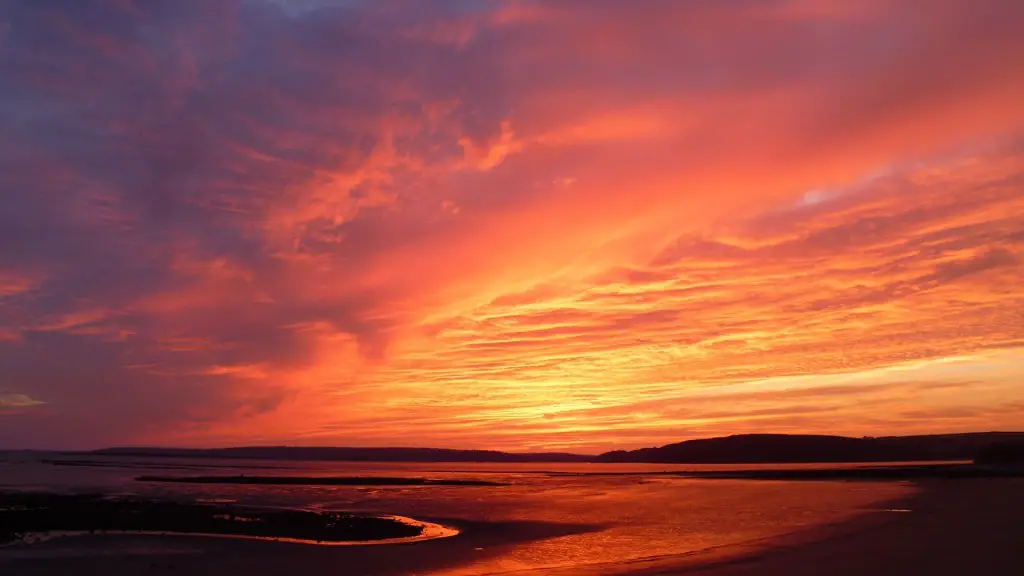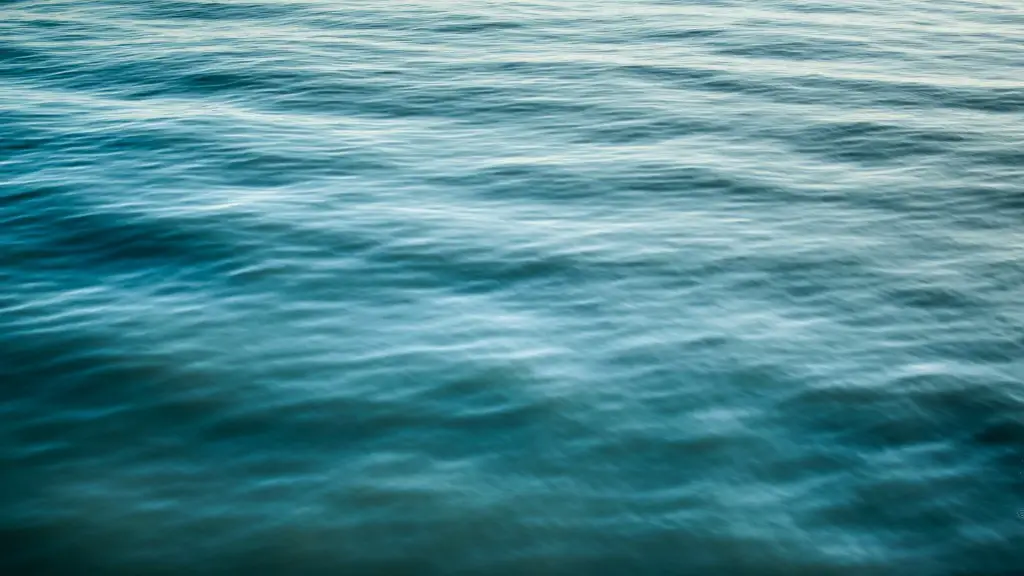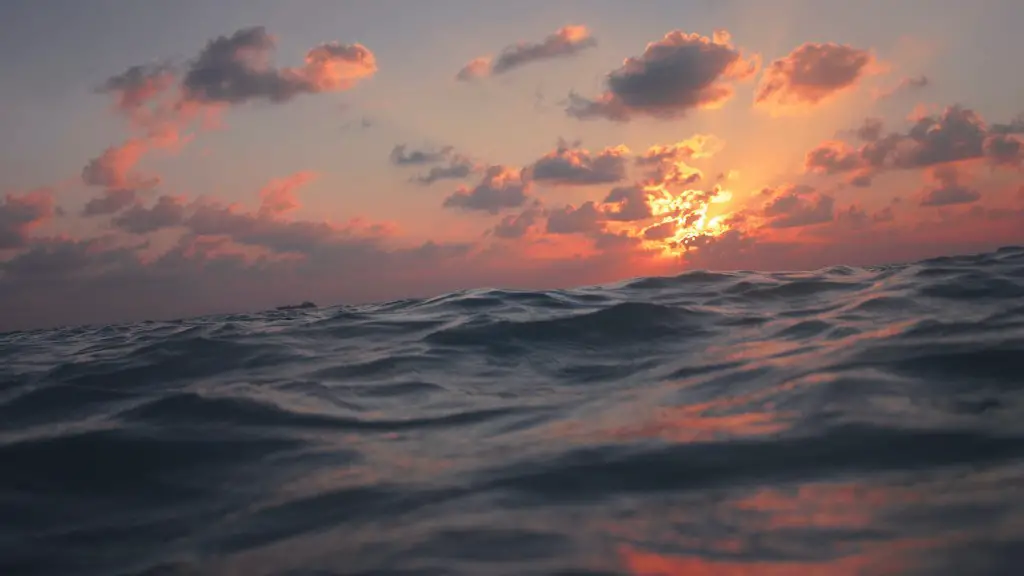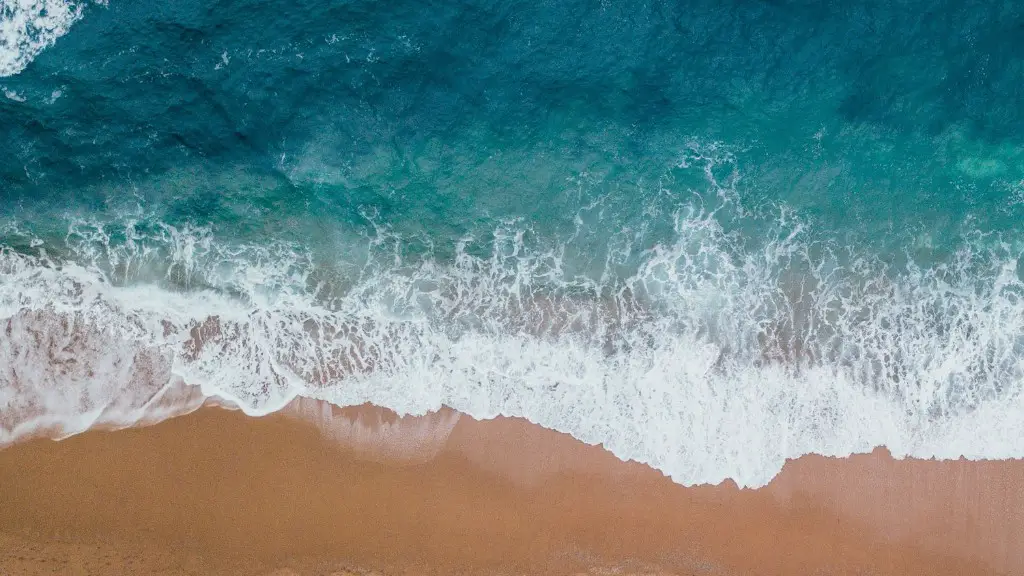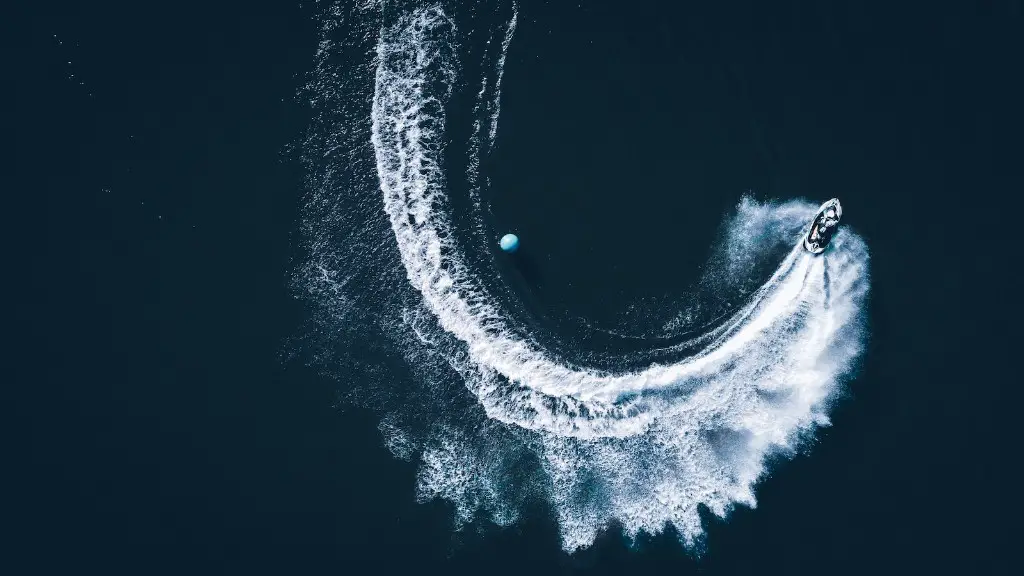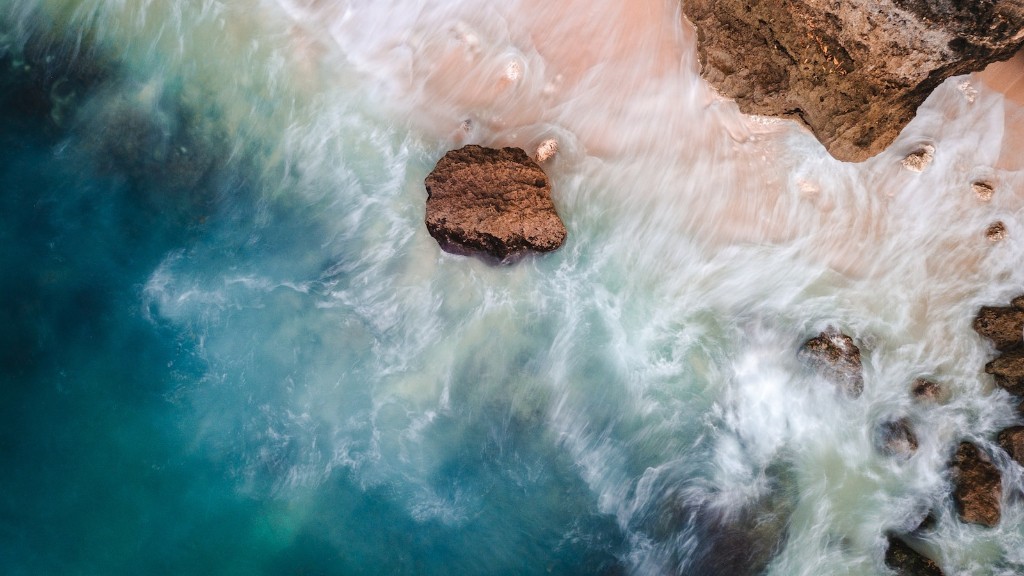The Geography of the Amalfi Coast
The Amalfi Coast is a stretch of coastline in Campania, Italy, located on the central Mediterranean Sea. It is a landscape of dramatic cliffs, rocky beaches and picturesque villages. With its winding coastal roads and stunning geography, the Amalfi Coast is a popular tourist destination and a UNESCO World Heritage Site. It is located in the south-western region of Italy and its main port is Amalfi, the home of the first maritime republic of Italy.
The Amalfi Coast is a narrow strip of coastline, extending from the Italian port cities of Sorrento, Porto Massa and Maiori to the upmarket villas of Positano. The mountain range of the Lattari Mountains rises up from the coastline and is home to some of the highest cliffs in the Mediterranean. The region has a mild climate and is known for its flowers and citrus fruits, which perfume the air and line the winding roads.
The History of the Amalfi Coast
The history of the Amalfi Coast stretches back thousands of years. It was once a vibrant centre of trade and commerce, thanks to its strategic position within the central Mediterranean Sea. By the 8th Century CE, the local maritime republic of Amalfi had become one of the most powerful and influential states in Italy. The regional culture was a unique blend of Eastern, Islamic and Christian influences. The region also represented an important trading route between the East and West, as well as a hub of activity for the Crusaders.
The wealth and power of the Amalfi Coast eventually declined in the 11th Century due to the rise of other maritime republics such as Genoa and Pisa. Since the 19th Century, the region has become a popular holiday destination in the Mediterranean, known for its unique and beautiful landscape. Today, the region is home to many luxury resorts, shops and restaurants.
The Culture of the Amalfi Coast
The culture of the Amalfi Coast is a unique blend of local, Italian and Mediterranean influences. The region is known for its beautiful architecture, vibrant religious festivals and delicious cuisine. Traditional dishes include seafood-based recipes such as spaghetti alle vongole (spaghetti with clams) and frittelle (fritters).
The region is also a hub of religious activity, with many churches and chapels located throughout the region. The Duomo of Amalfi is one of the most important spiritual sites, while the cathedral of Ravello is another stunning place of worship. The religious festivals of the Amalfi Coast are a must-see experience, with the celebration of Easter being particularly vibrant.
The local music of the region is also unique, with many traditional folk ballads still being performed in restaurants and bars across the region. The folk tradition of ‘tarantella’ is particularly popular, with local troupes performing frenzied dances to traditional songs. The musical stylings of the region are also showcased in annual festivals such as the Amalfi Coast Music Festival, which takes place annually in the port city of Amalfi.
The Economy of the Amalfi Coast
The economy of the Amalfi Coast is supported by tourism, fishing and the production of limoncello. Limoncello is a traditional liqueur made from the zest of lemons grown on the region’s terraced hills. The fishing industry is also a major contributor to the region’s economy, with the abundant catches of swordfish, sardines and anchovies being sold locally, or exported to other European countries.
Tourism is the largest sector of the region’s economy and the local authorities rely on it as an important source of income. The Amalfi Coast attracts a variety of visitors, from budget-conscious travellers to luxury vacationers. Accommodation is available in various forms, from rustic bed and breakfasts to luxurious resorts. The region is home to some of the world’s most prestigious and exclusive resorts, such as The Bellevue Syrene, which offer visitors luxurious amenities and stunning views.
The Importance of the Amalfi Coast
The Amalfi Coast has a wealth of natural assets and cultural heritage that has been recognised by UNESCO as of ‘Outstanding Universal Value’. Its stunning landscape, rich historical legacy and vibrant culture make it an incredibly popular tourist destination and an important economic asset to Italy and the Mediterranean region.
The region is home to unique and endangered species of wildlife, including the endangered Mediterranean monk seal and the bluefin tuna, which has been heavily fished in recent years. The region is home to a range of protected areas and conservation efforts are in place to protect the local wildlife and marine environment.
The Amalfi Coast is widely regarded as one of the most beautiful places on Earth. Its stunning scenery, cultural vibrancy and strong economic foundations make it an important asset to the Mediterranean Sea and Italy in general.
The Sights of the Amalfi Coast
The Amalfi Coast is home to some of the world’s most spectacular sights, from the winding coastal roads and picturesque villages to the stunning beaches and limitless blue of the Mediterranean Sea. Some of the most popular destinations include the coastal cities of Amalfi, Positano and Sorrento and the nearby island of Capri.
For those looking to explore further afield, the towns of Ravello and Atrani are also popular destinations. Ravello overlooks the sea and boasts a stunning beach, while Atrani is a quiet and picturesque village with a small harbour. For nature lovers, the Cilento region in the south of the coast is home to some of the most spectacular natural scenery in the Mediterranean.
The Amalfi Coast is a paradise for those seeking an unforgettable experience. Whether exploring the coastal paths, sailing to the island of Capri, or simply lounging on its many stunning beaches, the Amalfi Coast has something for everyone.
The Cuisine of the Amalfi Coast
The Amalfi Coast is renowned for its delicious cuisine, which is a blend of traditional Italian dishes and local specialities. Fresh seafood is the main attraction, with dishes such as spaghetti alle vongole and zuppa di pesce being particular favourites. Meat dishes are also popular, with Lombata alla Amalfitana (a pork dish) and polpette di melanzane (eggplant balls) being popular options.
The region is also known for its delicious desserts, such as the lemon-tinged ‘Delizia al Limone’ and the chocolate-filled ‘Torta Caprese’. The fresh fruits and vegetables of the region also have an important role in the local cuisine, with lemons, olives and figs appearing in many iconic dishes. Local restaurants take pride in offering a range of traditional dishes, as well as modern interpretations.
The wines of the region also play an integral part in the local cuisine and the region produces some of the finest Italian wines. Local offerings such as fiano, falagar and limoncello provide the perfect accompaniment to a meal by the Mediterranean Sea.
The Climate of the Amalfi Coast
The Amalfi Coast has a mild climate and experiences hot summers and mild winters. Temperatures throughout the year range from 10-30 degrees celcius, with the highest temperatures occurring during the summer months. The region also experiences plenty of rainfall and storms throughout the year, making summer the ideal time to visit the Amalfi Coast.
The weather on the Amalfi Coast is one of its biggest attractions and the region is known for its beautiful sunsets and sunrise views. With its mild climate, the Amalfi Coast is a popular destination throughout the year and visitors are able to enjoy days of sunshine and warm seas.
The Amalfi Coast is one of the most beautiful and popular regions in the Mediterranean Sea and its mild climate, stunning scenery and delicious cuisine make it an attractive destination for both Italians and international travellers alike.
